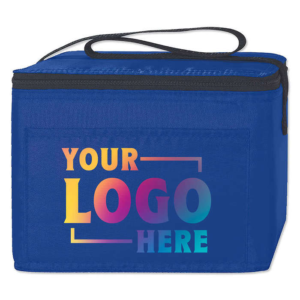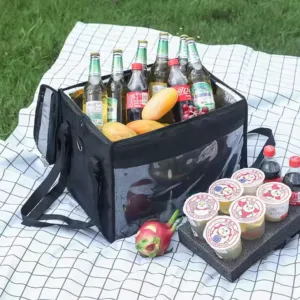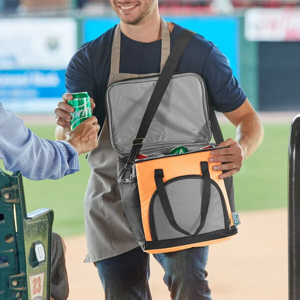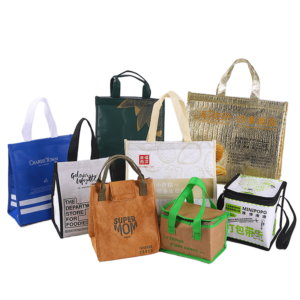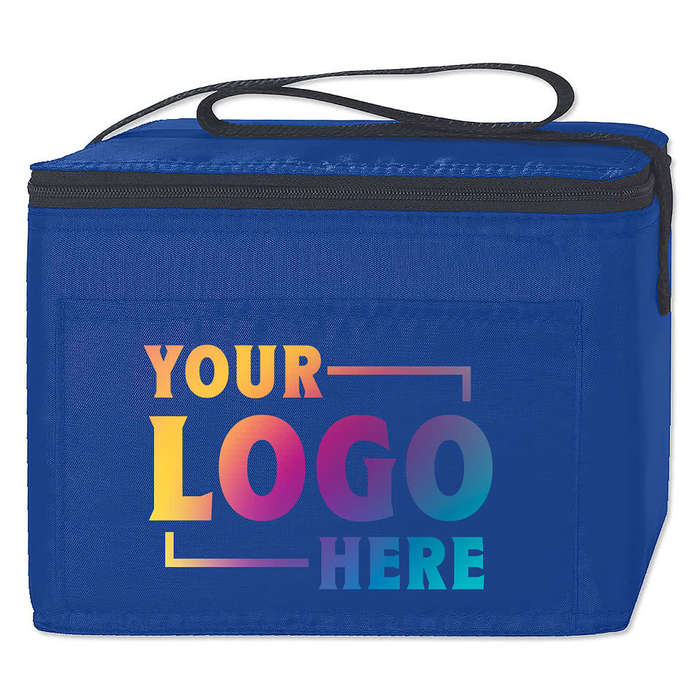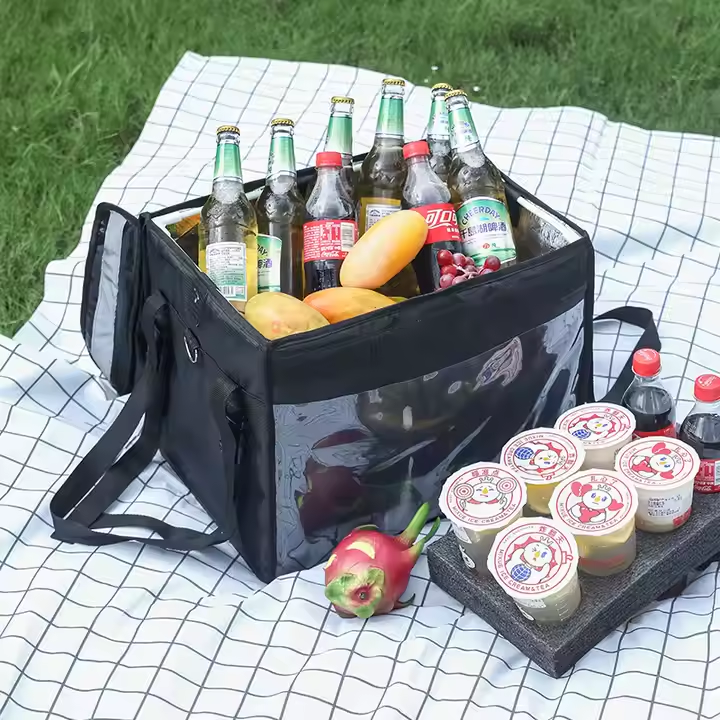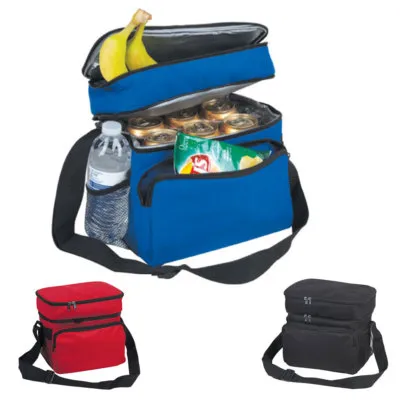How Traditional Paper Bags Are Made: The Manual Folding Process

Not all paper bags are made by machines. In fact, many traditional paper bags — especially custom or small-batch ones — are still made by hand.
The process is slower, more labor-intensive, and has more room for variation. But it’s been used for decades, and many factories in Asia still use it for specific orders or styles.
Let’s take a look at how the manual folding process works.
✋ Step-by-Step: Traditional Manual Paper Bag Production
手工纸袋的制作流程一览:
1. Cutting the Paper
First, large paper sheets (often kraft or art paper) are cut to the desired size. These sheets will form the main body of the bag.
Think of it like cutting out a shirt pattern before sewing — size matters.
2. Printing (Optional)
If the bag needs branding, the flat paper is printed before folding. This step uses silk screen, offset, or flexo printing — and needs to dry before handling.
3. Folding the Body
Workers fold the left and right sides inward to form a “tube” shape. The two sides are glued together vertically, forming the bag’s body.
- This seam usually runs down the back.
- Folding has to be done carefully to keep symmetry.
4. Creating the Bottom
Here’s the most time-consuming part:
- The bottom part of the bag is folded inward manually.
- A separate piece of cardboard or thick paper is glued in to make the bottom stronger.
- Sometimes, two to three folds are used to shape a flat bottom.
- Workers press down the folds by hand or with a simple mold.
This is where many bags show the “waistline” — a visible line in the middle where pieces overlap.
5. Attaching the Handles (If Needed)
If the bag has rope or ribbon handles:
- Holes are punched by hand or machine
- Ropes are tied or glued manually
- Some premium bags use reinforced paper at the handle spots
Handle installation can take longer than folding the body itself.
6. Drying and Pressing
After gluing, the bags are stacked carefully and pressed under weight to ensure the glue bonds fully. Some factories air-dry the bags overnight.
🔍 Summary of Manual Paper Bag Production
| Step | Manual Action |
|---|---|
| Cut | Paper trimmed to size by staff |
| Printed on flat sheets before folding | |
| Fold | Sides and bottom folded by hand |
| Glue | Bottom and seams glued manually |
| Reinforce | Extra paper for strength at base and handles |
| Handle | Added by hand or semi-auto tools |
| Dry | Left to dry in batches |
⚖️ Pros and Cons of Manual Production
👍 Pros:
- Flexible for small orders
- Custom shapes or finishes possible
- Easy to adjust per client request
👎 Cons:
- Slower speed
- Higher labor cost
- Harder to keep consistency
- More glue used
- More paper waste in some cases
🤔 Why It’s Being Replaced

Manual paper bag production is being replaced in many factories for one main reason: efficiency.
- A machine can do what 5–10 workers do — faster, and with better consistency.
- One-piece forming bags (like waistline-free bags) reduce steps, save material, and offer a cleaner look.
But in luxury or short-run production, hand-folded paper bags still have their place — especially when craftsmanship and small-batch flexibility are required.
JiaRong Packing
Modern packaging with machine-made paper bags
www.zjjrpackaging.com
Email: [email protected]
YouTube: https://www.youtube.com/@JR-PAK


